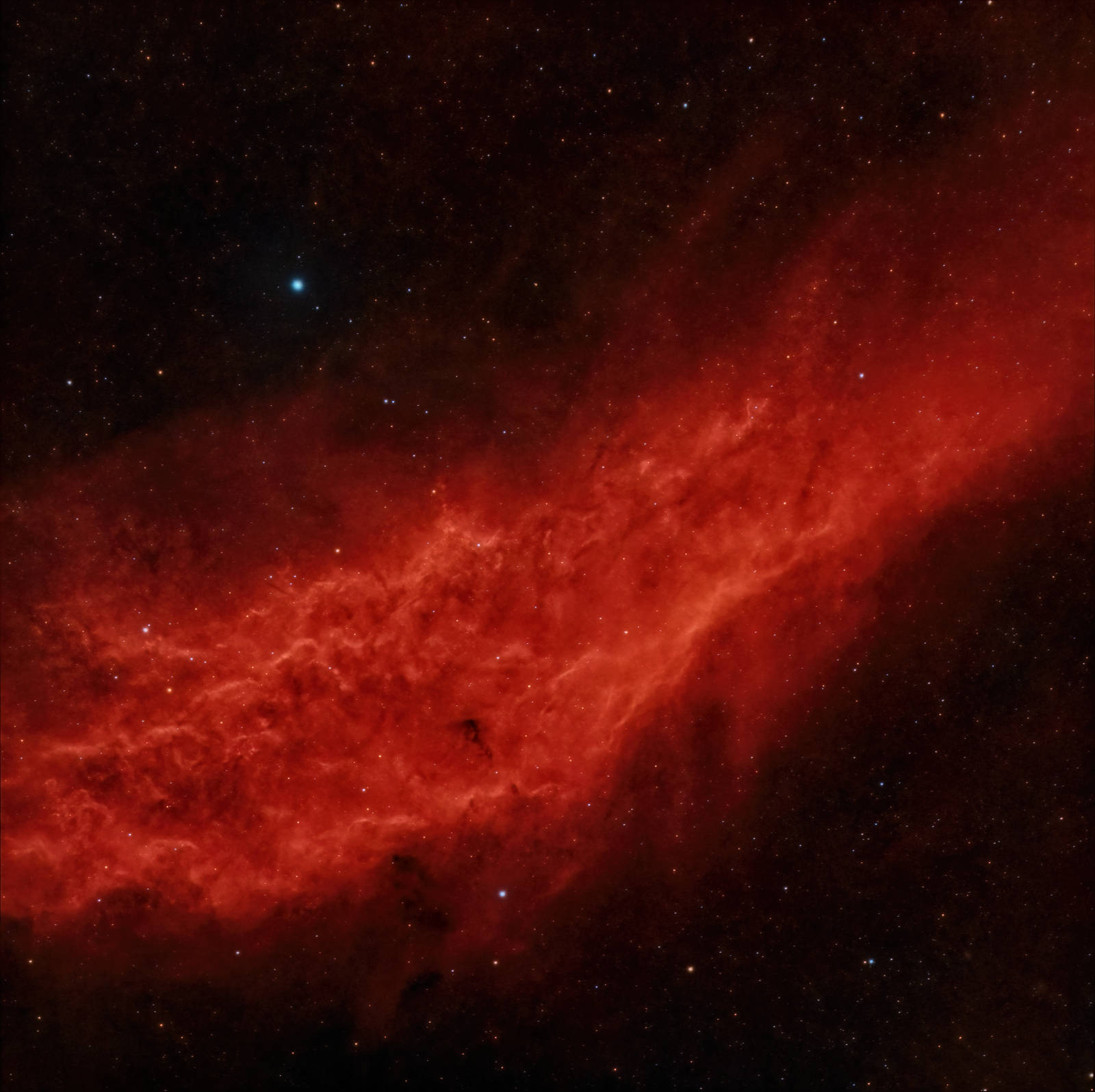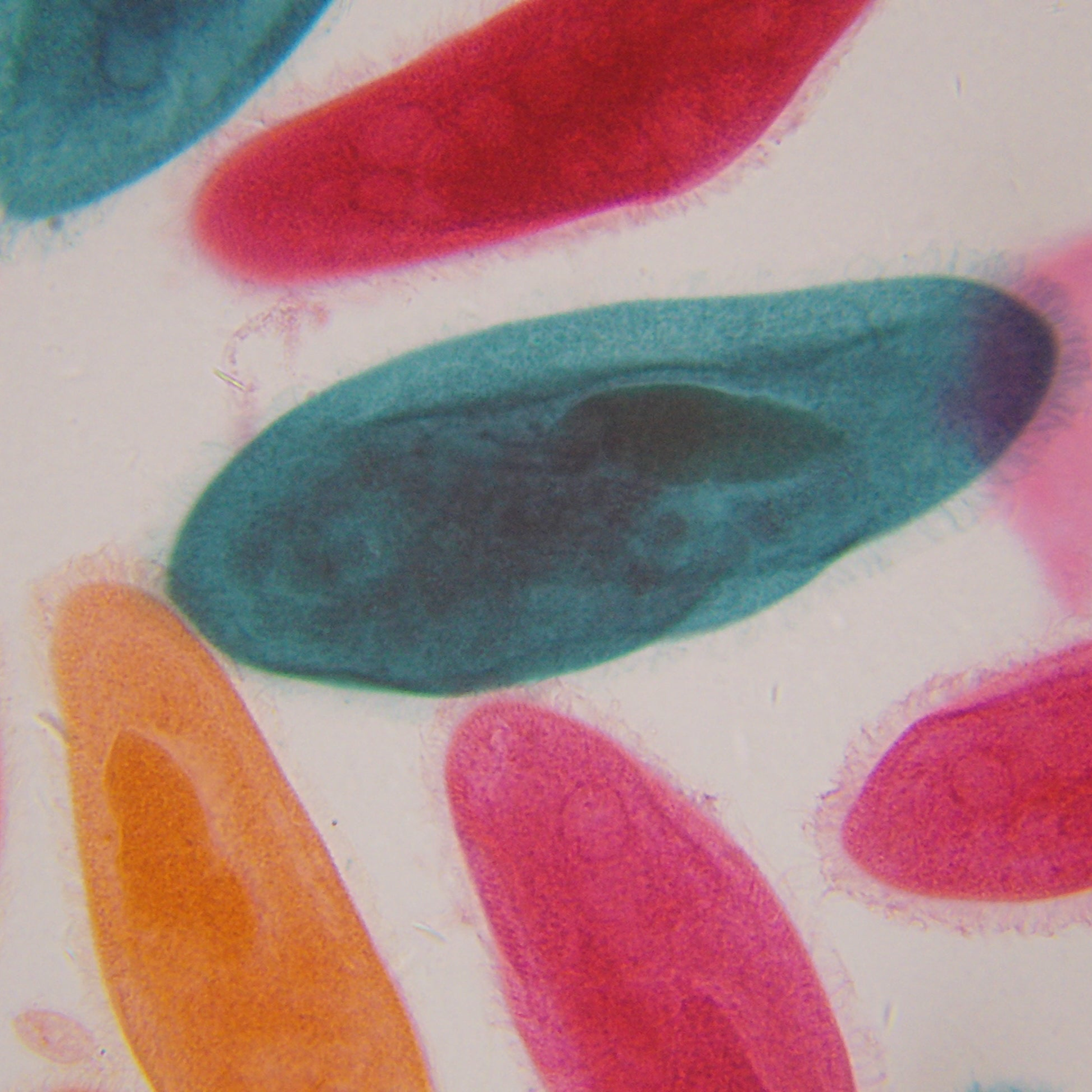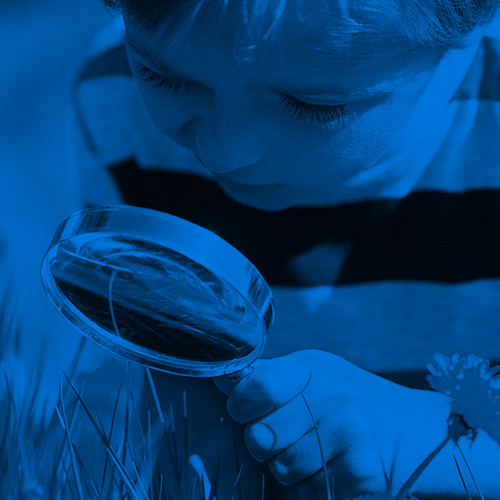
探索科学公司使用道格拉斯·斯特鲁布尔的 ED152 空气间隔三联体拍摄了 HFG1 的 93 小时 22 分钟图像
在不断发展的天文摄影领域,业余爱好者在捕捉宇宙的复杂之美方面取得了显著的突破。
道格拉斯·斯特鲁布尔 (Douglas Struble) 正在突破曾经被认为不可能的界限,以几年前难以想象的方式,从城市中心揭示宇宙,尤其是行星状星云。斯特鲁布尔的奉献精神和技术进步正在重塑我们对浩瀚太空的认知和理解。在 Astrobin.com 的这期精选合集中,我们以 HFG1 (PK 136+05) 为重点,有幸见证道格拉斯·斯特鲁布尔令人惊叹的作品,他踏上了探索宇宙奥秘的个人旅程。斯特鲁布尔利用他的 Explore Scientific ED152 空气间隔三重 APO 折射望远镜,展现了其迷人的魅力和精妙的本质。
HFG1,又名PK 136+05,是位于长颈鹿座(鹿豹座)内一个迷人的行星状星云,为星空增添了一抹亮色。行星状星云的魅力在于其引人入胜的天文本质——一种动态现象,以濒死恒星在其生命周期的末期喷发出的气体和尘埃为标志。与其误导性的名称相反,这些星云与行星毫无关联;相反,这个名字源于早期的望远镜观测,当时它们的形状与遥远的行星相似。
深入研究 HFG1 的具体细节,我们发现了几个值得注意的特征。它位于北半球暗淡的长颈鹿星座,坐标约为赤经03h 29m 47s,赤纬+60° 30' 50",是北半球天空中一个显著的特征,为北半球的观测者提供了探索其奥秘的机会。HFG1是一个暗淡而古老的行星状星云,拥有由垂死恒星喷出的外层雕刻而成的复杂且通常对称的结构。星云直径超过一光年,其膨胀的气体包层包裹着其中心恒星,形成了令人着迷的星云辉光,吸引了天文学家和天文摄影师的目光。PK 136+05的替代名称源于它在银河系行星状星云表(PK星表)中的条目,其编号为136+05——天文学家的参考点。致力于行星状星云的研究。值得注意的是,HFG1已成为道格拉斯·斯特鲁布尔等观测者热切关注的课题,他们运用先进的设备和技术来揭示它的美丽和复杂的细节。

密歇根州底特律地区光污染地图,显示了道格·斯特鲁布尔天文台的大致位置,靠近博特尔9号星云的边缘。图片来自DarkSkyFinder.com
需要注意的是,斯特鲁布尔的天文台位于他家光污染严重的后院,星等为8等,这里的整个天空要么是灰蒙蒙的,要么更亮,熟悉的星座缺少恒星,而较暗的星座则明显消失。在更明亮的区域,仰角超过30度时可见的恒星不足20颗,极限星等在3到4之间。尽管条件如此艰苦,道格拉斯·斯特鲁布尔仍然能够拍摄出令人难以置信的天文摄影作品。
在这种条件下,望远镜的目视观测仅限于明亮的天体,例如月球、行星、双星和变星。应对Bortle 8号星云(被称为“城市级光污染”)的限制,需要采取综合措施:现代望远镜,加上高质量的天文相机和专为抵消城市人造灯光的普遍辉光而设计的窄带滤光片,成为这一观测过程中不可或缺的工具。
为了有效对抗光污染,Struble 一丝不苟地掌握图像采集以及短曝光图像的追踪和叠加技巧。要达到理想的景深和细节,需要相当长的曝光时间(通常超过 50 小时或更长时间的图像采集),这考验着那些致力于揭开宇宙奥秘的人们的耐心和精准度。此外,后期处理阶段又增加了一层复杂性,需要熟练掌握各种图像处理工具,才能揭示这些天体奇观的细微差别,并揭开其隐藏的美。尽管璀璨的城市景观带来了巨大的挑战,但像 Struble 这样的天文摄影师依然坚持不懈,展现出探索宇宙的坚定决心。
衡量天文学家技能的标准通常在于他们的观察频率,而能够在自家后院或阳台上工作的优势,无论身在何处,都提供了更多机会用个人设备观察天空。
我们只能想象斯特鲁布尔在黑暗的天空下会做出什么举动。















发表评论
所有评论在发布前都会经过审核。
此站点受 hCaptcha 保护,并且 hCaptcha 隐私政策和服务条款适用。